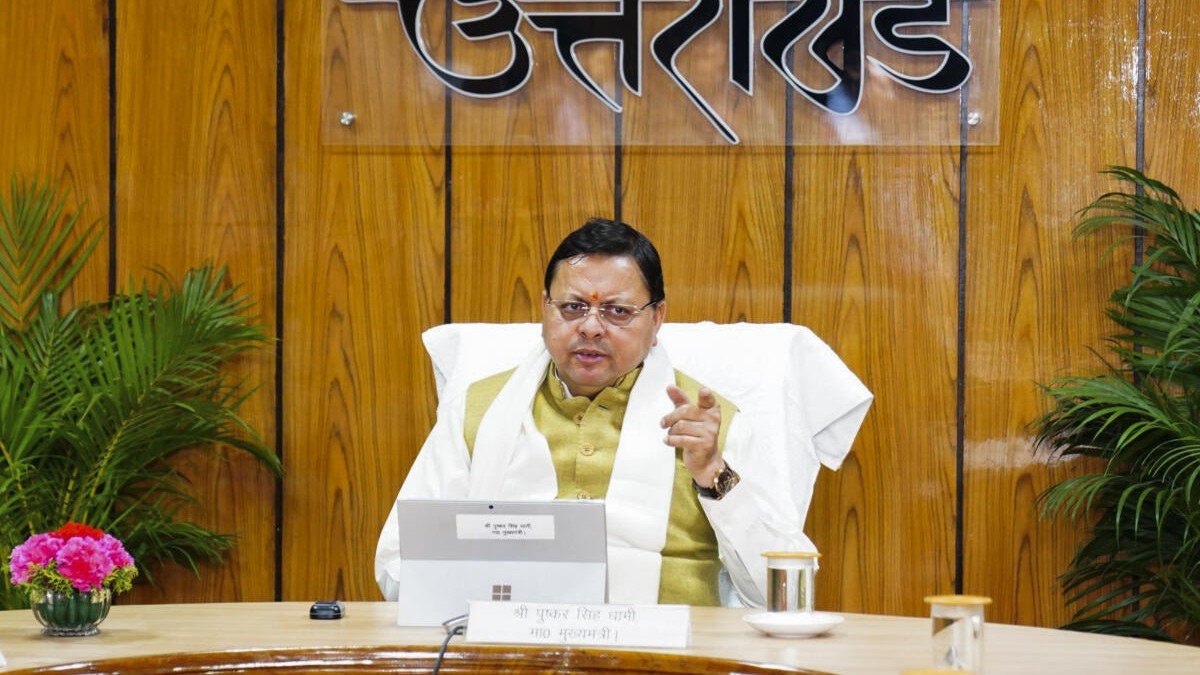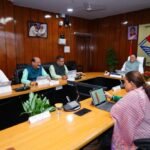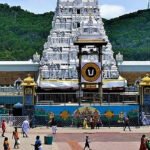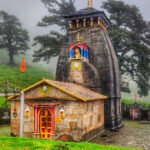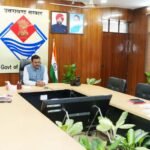In a significant review exercise at the State Emergency Operation Centre in Dehradun, the National Disaster Management on Wednesday had a review meeting on the current disaster management policy framework of the state and directed officials to prepare a comprehensive disaster management policy suited to the state’s unique geographical and environmental conditions. The meeting was held at the Uttarakhand State Disaster Management Authority headquarters.
Our correspondent reports that NDMA member Dr D K Aswal who was present in the meeting stressed the need for a long term policy that balances development with disaster risk reduction. He said that Uttarakhand requires a forward looking framework that gives equal priority to safety, scientific planning and sustainable growth. He added that the new policy must present a clear vision for a disaster safe Uttarakhand with practical and implementable measures.
Dr Aswal said that the policy should include scientific hazard assessment, risk mapping, safe construction practices in sensitive areas, integration of traditional knowledge and the use of appropriate technological innovations. He praised the quick relief and rescue efforts carried out by the state during recent disasters and said that Uttarakhand has shown commendable efficiency in emergency response.
Our correspondent adds that Dr Aswal recommended developing the Uttarakhand State Disaster Management Authority as a Centre of Excellence for research, innovation and capacity building. He emphasised the need for a strong and unified disaster data centre that stores information from government departments, agencies, academic institutions and research bodies. He said that such a system must support real time monitoring and scientific decision making.
Dr Aswal said that the state must expand its network of sensors and warning sirens to strengthen early warning capability for earthquakes, intense rainfall, avalanches, landslides and glacial lake outburst floods. He asked officials to prepare a detailed proposal on sensor requirements and submit it to the National Disaster Management Authority for support.
He added that disaster management is not an activity limited to emergency hours but a continuous year round process that requires strong institutional systems and community participation. He urged the state to promote traditional architecture, local construction knowledge and indigenous practices as they hold cultural value and can support safer structures when combined with modern techniques.
During the meeting, Disaster Management Secretary Vinod Kumar Suman briefed Dr Aswal on recent disasters in Dharali, Tharali and other regions, including the extent of damage and the relief and rehabilitation work undertaken. He sought support from the National Disaster Management Authority for a special financial package, relaxation in State Disaster Response Force norms, an increase in the State Disaster Mitigation Fund, assistance in setting up avalanche and landslide forecasting systems, continuous monitoring of glacial lakes and relaxation in forest land transfer rules for rehabilitation of disaster affected families.
Senior officials including the Additional Chief Executive Officer of Administration Anand Swaroop, Additional Chief Executive Officer Implementation DIG Rajkumar Negi, Joint Chief Executive Officer Obaidullah Ansari, Dr Shantanu Sarkar, S K Birla and Dr Mohit Poonia attended the review. Experts from USDMA, ULMCC and U Prepare were also present.





